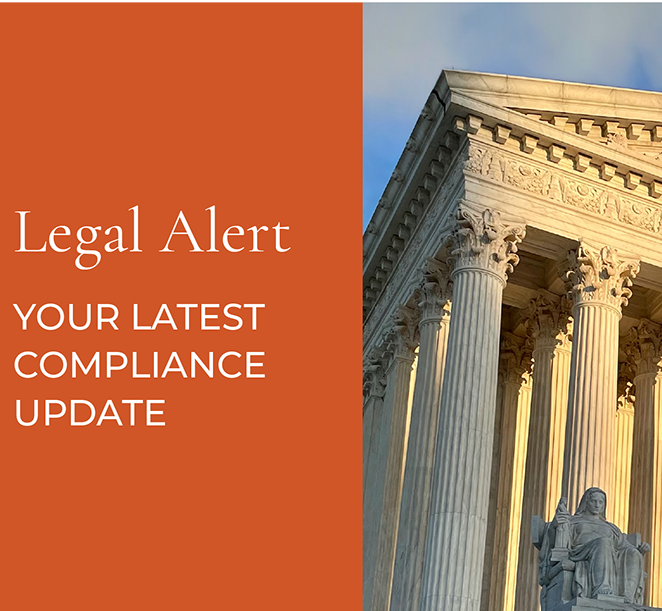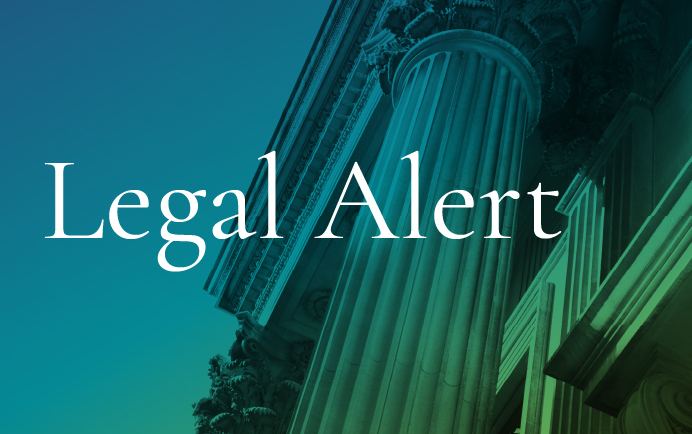Top 6 Benefits Challenges in 2020
In preparation for 2020, Lumity surveyed CEOs, finance, and HR professionals at U.S.-based companies to understand their biggest benefits challenges. We received 1,648 responses from employers in the 50 - 1,000 employee size. Below, I’ve shared our findings.
In this presidential election year, it’s no surprise that the rising cost of healthcare continues to dominate the news. Even a “good”, trend health plan renewal sees employer premiums increase by 5-8% year over year. So, in this first part of a series, I’ll focus on the #1 challenge.

Rising Healthcare Costs
Employee healthcare coverage remains a top operating expense—typically the 2nd or 3rd largest line item after salary. Yet, a lack of visibility and data insights into the health plan renewal process makes it extremely difficult, even impossible, for fully-insured employers to get answers to two basic questions:
- What value are we (both the company and employees) getting for our premiums, and
- What’s driving our cost increases year to year?
It’s frustrating. While renewal rates are based on the group’s claims performance, fully-insured employers are left to reverse-engineer their group’s health based on their renewal rate (double digits = unhealthy group) instead of having the data to know whether the rate is, indeed, a fair reflection of their plan utilization.
For more on this, see Debunking Employer Healthcare Costs.
I’d also like to point out here that your group’s health profile is fluid: it changes throughout the year as new employees join and others leave. And a single bad renewal will continue to inflate your costs year over year, even when your group profile becomes healthy.
Think about this. When your health profile goes from unhealthy to good, the carrier doesn’t correct course. Instead, they issue a trend renewal on the back of your previous bad renewal.
For more on this, see The Bad Renewal Trap.
Employer Size Matters
To gain visibility and control over the process, you need your data. The more, the better, so you can get a renewal that’s inline with your group’s actual costs.
Under 250 employees: your carrier may not provide any claims performance metrics. Or, you might get a snapshot right before your renewal.
Hitting 100 employees: you qualify as a large group at this number, and your rates become negotiable (vs age-banded). It’s an opportunity to reduce costs for the same or comparable coverage. If you’ve exceeded this milestone, or will achieve it this year, your broker should already be on this. And, at 100 employees, you’ve definitely outgrown your PEO.
Over 250 employees: if you’re not getting your claims data from your carrier, you should be. And, at this size, your broker should be helping determine the right time to self-fund your health plan. Self-funding is the next milestone for gaining control over, and reducing, your healthcare costs.
Tech Inequity
Tech startups bear the brunt of inequity when it comes to healthcare costs. With an employee population that tends to skew young and healthy, these groups typically serve to subsidize losses in the carrier's broader portfolio of business.
Your renewal hikes aren’t necessarily tied to your own company’s health risk.
All employers have been conditioned to accept that a 5-8% trend renewal rate is happy news. But you still don’t know whether this is fair. A trend renewal simply means that, on average, your employees spent at—or below—their expected healthcare costs for the year based on the carrier’s forecast.
Tech companies also fall prey to the cons of a captive trust, despite an inherent conflict of interest.
Cost Isn’t the Only Challenge
In a related post, our employee benefits communication strategist shares the 10 Things Your Employees Need to Know about Health Plans. In the meantime, if you’d like to find out whether your health plan rates are fair, request a complimentary benefits benchmark. My team and I can quickly let you know what can be done to reduce healthcare costs for you and your people.
I also encourage you to check out what we achieved for clients like Greenhouse, GoFundMe, and Wealthfront.





